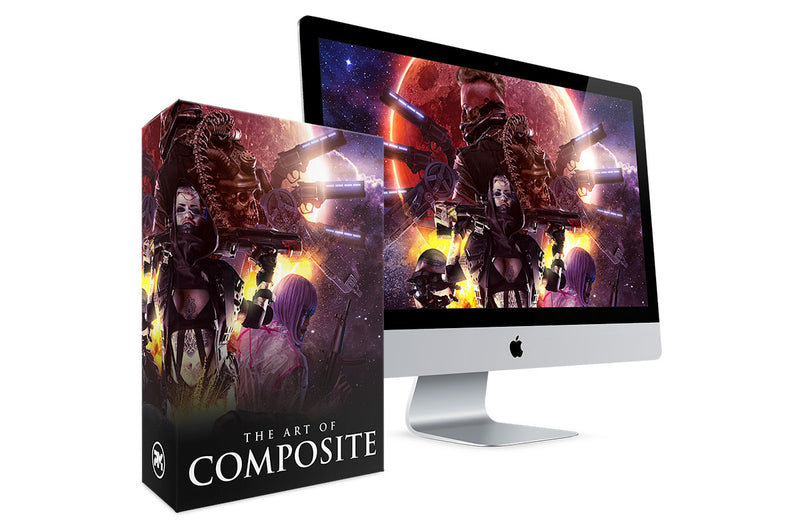Unleashing Creativity: Mastering Video Editing with Photoshop
In the ever-evolving world of digital media, the ability to manipulate and enhance videos has become a sought-after skill. Adobe Photoshop, traditionally known for its prowess in photo editing, has extended its capabilities to include video editing. This article delves into the world of Photoshop for video and explores the benefits of Photoshop videos training.

Understanding Photoshop for Video:
Photoshop is not just for photos anymore. With the introduction of video editing features, users can now apply the same level of precision and creativity to their videos as they do to their images. Whether it's colour grading, adding text overlays, or creating custom animations, Photoshop offers a plethora of tools to elevate your video content.
One of the key advantages of using Photoshop for video is its seamless integration with other Adobe Creative Cloud applications. This means you can easily import your video clips from Adobe Premiere Pro or After Effects, apply your desired edits in Photoshop, and then export them back for final rendering.
The Importance of Photoshop Video Training:
While Photoshop's interface and tools might be familiar to those who have used it for photo editing, navigating its video editing capabilities can be a different ball game. This is where Photoshop video training comes into play. Investing time in learning the ins and outs of video editing in Photoshop can significantly enhance your workflow and the quality of your output.
There are numerous online resources, tutorials, and courses dedicated to Photoshop video training. These resources cover everything from basic video editing techniques to advanced compositing and animation. By honing your skills through structured training, you can unlock the full potential of Photoshop for your video projects.
Practical Applications:
Photoshop's video editing tools are incredibly versatile. Here are some practical applications:
Colour Grading: Apply professional colour grading to your videos to set the mood and enhance the visual appeal.
Text Overlays: Add dynamic text overlays to your videos for titles, subtitles, or annotations.
Animation: Create custom animations using Photoshop's timeline and keyframe features.
Special Effects: Utilize Photoshop's vast array of filters and effects to add a unique touch to your videos.

Conclusion:
The integration of video editing capabilities into Photoshop has opened up new avenues for creative expression. Whether you're a seasoned video editor or a photographer venturing into video, mastering "Photoshop for video" can elevate your multimedia projects to new heights. To get started, consider enrolling in "Photoshop video training" courses or exploring online tutorials. For more resources and inspiration, visit photomanipulation.com, a website dedicated to the art of photo and video manipulation. Embrace the power of Photoshop and unleash your creativity in the world of video editing.



Comments
Post a Comment